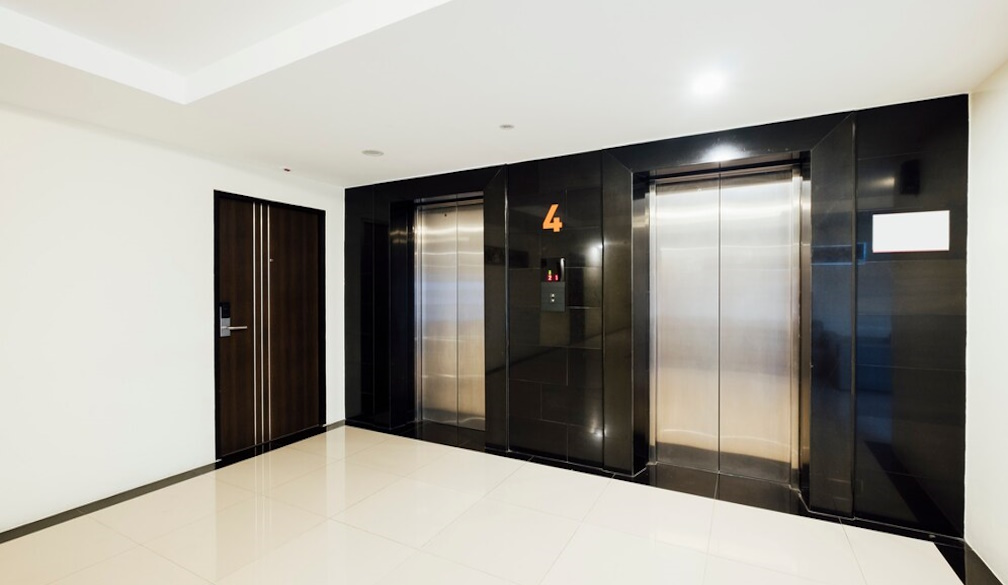The Importance of Fire-Rated Elevator Doors in Building Safety

Fire-rated elevator doors serve as critical barriers in buildings, designed to contain flames and smoke during emergencies. These specialized doors prevent the spread of fire between floors, giving occupants precious time to evacuate and firefighters the opportunity to control the situation. The rating system for these doors indicates how long they can withstand fire exposure—typically ranging from 30 minutes to 2 hours depending on building requirements and local codes.
What many building owners don't realize is that elevator doors need to be fire rated not just for compliance, but as an essential life-safety feature. During a fire, elevators often become chimney-like structures, with their shafts creating perfect conditions for vertical fire spread. Properly rated doors interrupt this path, compartmentalizing the building and significantly reducing the risk of rapid fire progression. The effectiveness of these systems depends on both the door construction and the integrity of the surrounding elevator frame and seals. For more info, visit West Coast Elevators.
Safety Regulations and Compliance Requirements
Compliance isn't optional—it's legally required and regularly inspected. Building owners face significant liability if non-compliant doors contribute to injury or property damage during a fire. The certification process involves testing by approved laboratories under standardized conditions that simulate real fires. These tests measure not only the door's ability to prevent flame spread but also its resistance to heat transfer, which could ignite materials on the non-fire side. Certification documents must be maintained and available for inspection, with visible labels affixed to each door assembly showing its fire rating.
Materials and Construction of Fire-Rated Doors
Fire-rated elevator doors typically consist of steel or stainless steel with internal insulating materials that slow heat transfer. The construction includes intumescent seals that expand when exposed to heat, sealing gaps that might otherwise allow smoke and flames to pass through. The thickness and composition of these doors vary according to their rating—higher ratings require more substantial materials and construction techniques.
The door's core makes a significant difference in its performance. Mineral cores offer excellent fire resistance but add weight, while honeycomb steel cores balance weight considerations with structural integrity. Edge details also play a crucial role, with specialized profiles designed to maintain the fire barrier even as the door expands under heat. Manufacturing these doors requires precision engineering, as even small defects can compromise their effectiveness. The hardware—including tracks, rollers, and automatic operators—must also meet fire rating requirements, creating a complete system that functions as a unified fire barrier.
Installation and Maintenance Considerations
Proper installation of fire-rated elevator doors demands specialized knowledge and skills. The doors must be perfectly aligned with precise clearances to ensure they close completely during an emergency. Even minor installation errors can render the most well-constructed door ineffective. The connection between the door and the surrounding fire-rated wall assembly requires particular attention, often necessitating special framing and sealing techniques.
Ongoing maintenance is equally important for ensuring long-term performance. Regular inspections should check for damaged seals, alignment issues, and proper operation of closing mechanisms. Building owners should maintain detailed records of all inspections and repairs, as these may be required during building safety audits. Fire-rated doors that have been damaged must be replaced with identical models carrying the same or better fire rating—field repairs are generally not permitted for fire-rated assemblies.
Future Trends in Elevator Fire Safety
The field of elevator fire safety continues to advance with new technologies enhancing protection capabilities. Smart systems now monitor door integrity in real-time, alerting building management to potential issues before they compromise safety. Some advanced doors incorporate materials that not only resist fire but actively absorb heat, further slowing fire progression through the building.
Integration with building automation systems represents another significant development. Modern elevator doors can communicate with fire alarm systems, automatically returning to designated floors and holding position with doors closed to maintain fire compartmentalization. Research into new materials promises even better performance, with composite structures offering improved strength-to-weight ratios and superior insulation properties. As buildings grow taller and more complex, these innovations will become increasingly important in comprehensive fire safety strategies. The focus has shifted from mere compliance to proactive protection, with elevator doors playing a central role in this evolution of building safety.












